By now, you should know that Microsoft has been trying hard to move you away from Windows 10 and onto Windows 11 by October 2025. What you might not know is whether you can even upgrade your existing PC to Windows 11—and if you can’t, what to do about it.
Think about it this way: there’s no good time for your refrigerator to conk out. But if it does, the best time is right before a big sale.
That’s where we’re at right now. Amazon’s Prime Day sale event will be taking place between July 8th and July 11th, offering hundreds of bargains on various devices. Lurking in the future, however, is a deadline: Windows 10’s end of life in October. If you own an older Windows 10 PC that isn’t eligible for Windows 11, you face three unpleasant choices: keep using it in its unsupported state, pay for a year’s worth of support (one way or another), or replace the PC entirely with an upgraded model.
Wouldn’t it be nice to know whether you actually can upgrade to Windows 11 or whether you’ll need to buy a new PC? Now’s a great time to answer that question. If you have an older machine and Microsoft won’t allow you to upgrade to Windows 11, you will need to replace it eventually—and better to do so when sales abound.
PC Health Check to the rescue
Microsoft provides three ways to check to see whether your PC meets the Windows 11 hardware requirements, but the simplest is to grab the free PC Health Check app from Microsoft (download link).
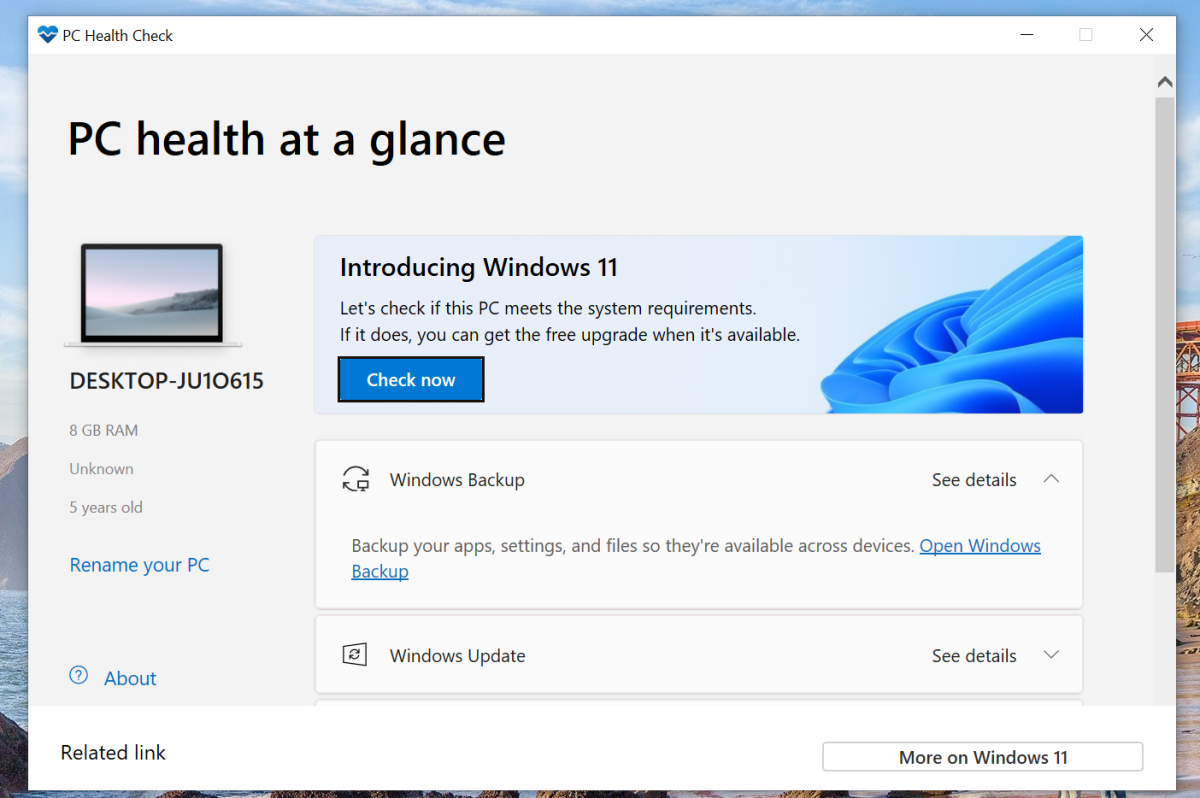
Mark Hachman / Foundry
PC Health Check itself is a rather useless application, but it does have one thing going for it: a big blue button labeled Check now that lets you see if your PC meets the hardware requirements for Windows 11. If it doesn’t, you’ll instantly see where your PC falls short: no Secure Boot, less than 4GB of RAM or 64 GB of storage, and so on.
One of the controversial requirements for Windows 11 is a Trusted Platform Module, a cryptographic lockbox that either exists in your PC as a discrete chip or is built into the processor itself. For all of the fuss about TPMs and what to do to enable them, I had to go pretty deep into my figurative closet to find a device that doesn’t qualify for Windows 11.
The one I found was Microsoft’s Surface Pro 3, the 11-year-old Windows tablet that fulfilled Microsoft’s “rule of three” and kickstarted the Surface lineup. Weirdly, it wasn’t the lack of a TPM that doomed the tablet—just the age of the processor itself. (Yes, Windows thinks it has a TPM 2.0.)
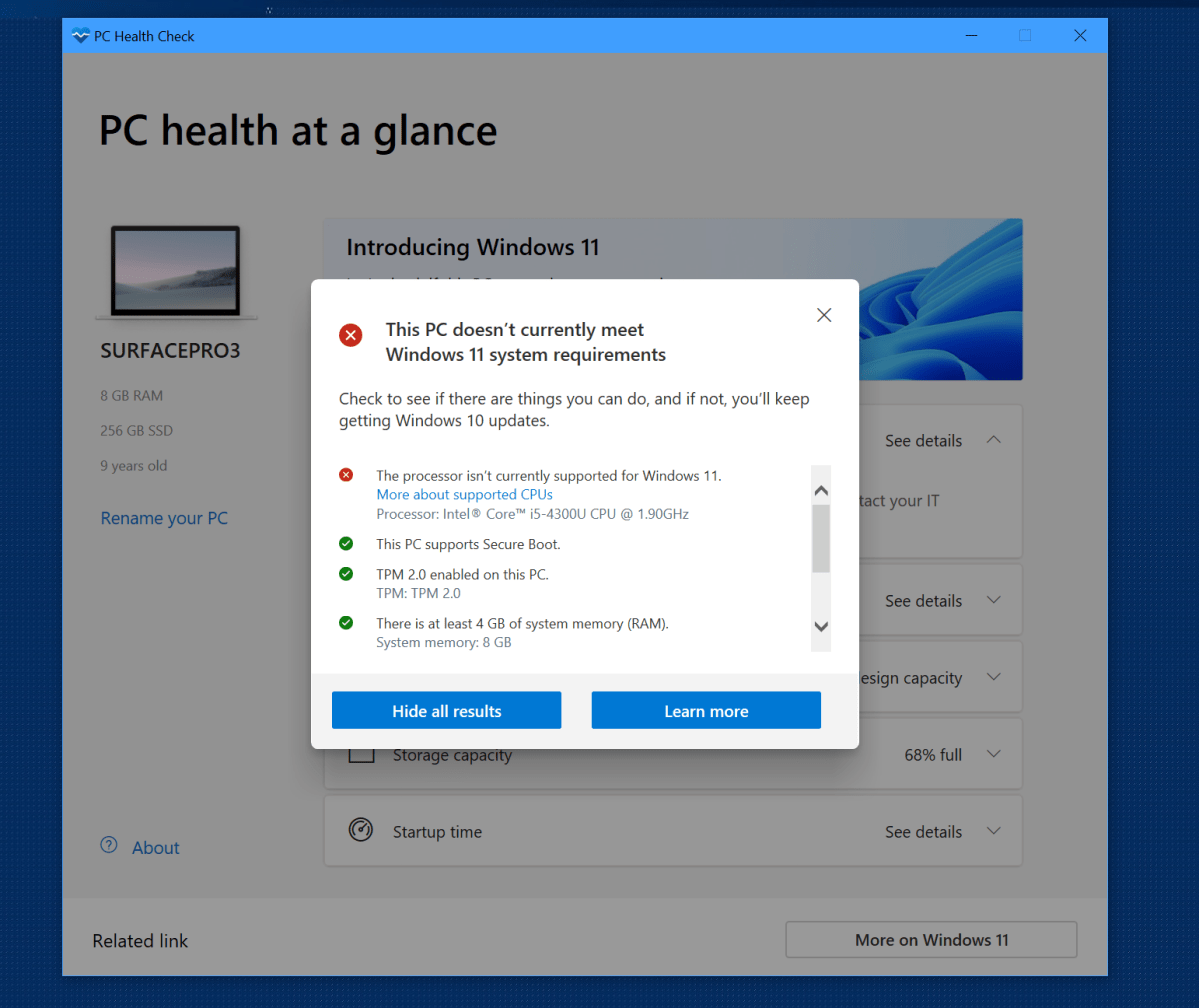
Mark Hachman / Foundry
At this point, I wasn’t too interested in dedicating the time it would require the tablet to upgrade to Windows 11. But if that Surface Pro 3 happened to be my only PC, I’d want to know if I was risking malware infections after Windows 10 support finally runs out.
Of course, if your PC does qualify for Windows 11, we have a guide to upgrading from Windows 10 to Windows 11, step-by-step. If it doesn’t, you’ll eventually have to take action—and it’s up to you whether you use Amazon’s Prime Day sales to invest in a new PC.
Ak chcete pridať komentár, prihláste sa
Ostatné príspevky v tejto skupine

OLED monitors have been the hot ticket for PC gamers for over a year
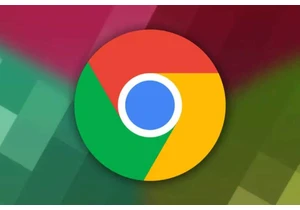
Microsoft’s support for Windows 10 will expire on October 14th, 2025,
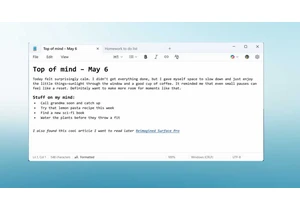
A new version of Notepad for Windows 11 was released with support for
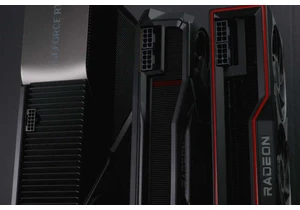
Graphics card pricing sucks, and if you’re looking for any kind of mi
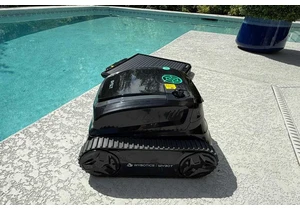
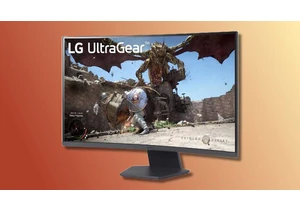
We love finding fantastic monitors at low prices because building a p
